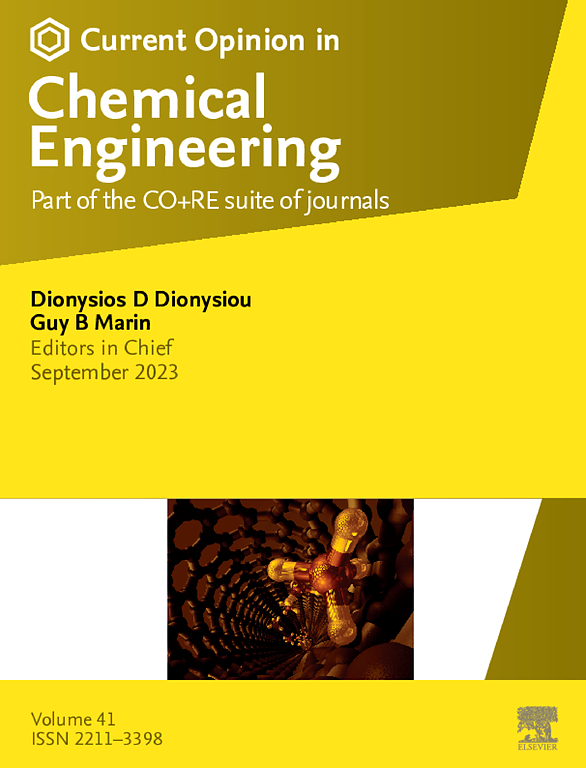新兴的食品安全非热技术:趋势、限制和未来研究
IF 6.8
2区 工程技术
Q1 BIOTECHNOLOGY & APPLIED MICROBIOLOGY
引用次数: 0
摘要
食品安全已成为全球关注的重要问题。食品变质和随后损失的主要原因包括威胁人类健康的有害微生物和有毒物质的变质。新兴的非热技术已经被开发出来,作为减轻或消除这些损失的替代方案。这些方法包括脉冲电场、冷等离子体、高压处理、超声波技术和光动力失活。本文综述了每种技术的原理及其对关键食品参数的影响。此外,它还探讨了影响这些技术的可扩展性及其对各种食品基质的适用性的关键因素。最后,简要讨论了从工程角度出发的主要限制和挑战,包括效率、经济约束、能源消耗和法规遵从障碍。本文章由计算机程序翻译,如有差异,请以英文原文为准。
Emerging nonthermal technologies for food safety: trends, limitations, and future research
Food safety has become a critical global concern. The primary causes of food deterioration and subsequent loss include spoilage by harmful microorganisms and toxic substances that threaten human health. Emerging nonthermal technologies have been developed as alternatives to mitigate or eliminate these losses. These methods include pulsed electric fields, cold plasma, high-pressure processing, ultrasound technology, and photodynamic inactivation. This review summarizes the principles governing each technology and its effects on key food parameters. Additionally, it explores the critical factors influencing the scalability of these technologies and their applicability to various food matrices. Finally, a brief discussion addresses the main limitations and challenges from an engineering perspective, including efficiency, economic constraints, energy consumption, and regulatory compliance barriers.
求助全文
通过发布文献求助,成功后即可免费获取论文全文。
去求助
来源期刊

Current Opinion in Chemical Engineering
BIOTECHNOLOGY & APPLIED MICROBIOLOGYENGINE-ENGINEERING, CHEMICAL
CiteScore
12.80
自引率
3.00%
发文量
114
期刊介绍:
Current Opinion in Chemical Engineering is devoted to bringing forth short and focused review articles written by experts on current advances in different areas of chemical engineering. Only invited review articles will be published.
The goals of each review article in Current Opinion in Chemical Engineering are:
1. To acquaint the reader/researcher with the most important recent papers in the given topic.
2. To provide the reader with the views/opinions of the expert in each topic.
The reviews are short (about 2500 words or 5-10 printed pages with figures) and serve as an invaluable source of information for researchers, teachers, professionals and students. The reviews also aim to stimulate exchange of ideas among experts.
Themed sections:
Each review will focus on particular aspects of one of the following themed sections of chemical engineering:
1. Nanotechnology
2. Energy and environmental engineering
3. Biotechnology and bioprocess engineering
4. Biological engineering (covering tissue engineering, regenerative medicine, drug delivery)
5. Separation engineering (covering membrane technologies, adsorbents, desalination, distillation etc.)
6. Materials engineering (covering biomaterials, inorganic especially ceramic materials, nanostructured materials).
7. Process systems engineering
8. Reaction engineering and catalysis.
 求助内容:
求助内容: 应助结果提醒方式:
应助结果提醒方式:


